Training Device For Defibrillators
O'Hare; Peter
U.S. patent application number 16/219405 was filed with the patent office on 2019-06-27 for training device for defibrillators. The applicant listed for this patent is HeartSine Technologies Limited. Invention is credited to Peter O'Hare.
| Application Number | 20190192845 16/219405 |
| Document ID | / |
| Family ID | 61131479 |
| Filed Date | 2019-06-27 |


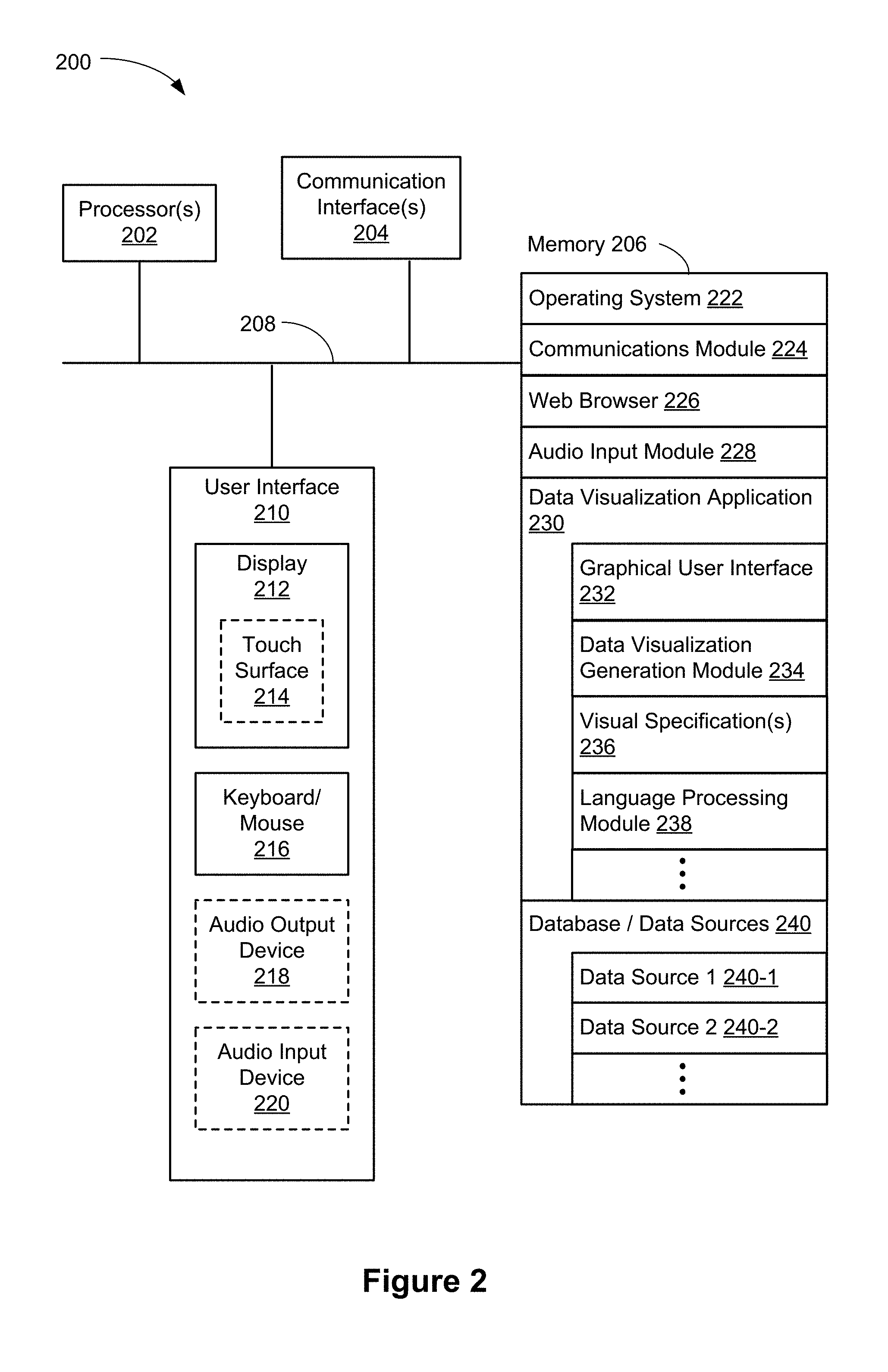
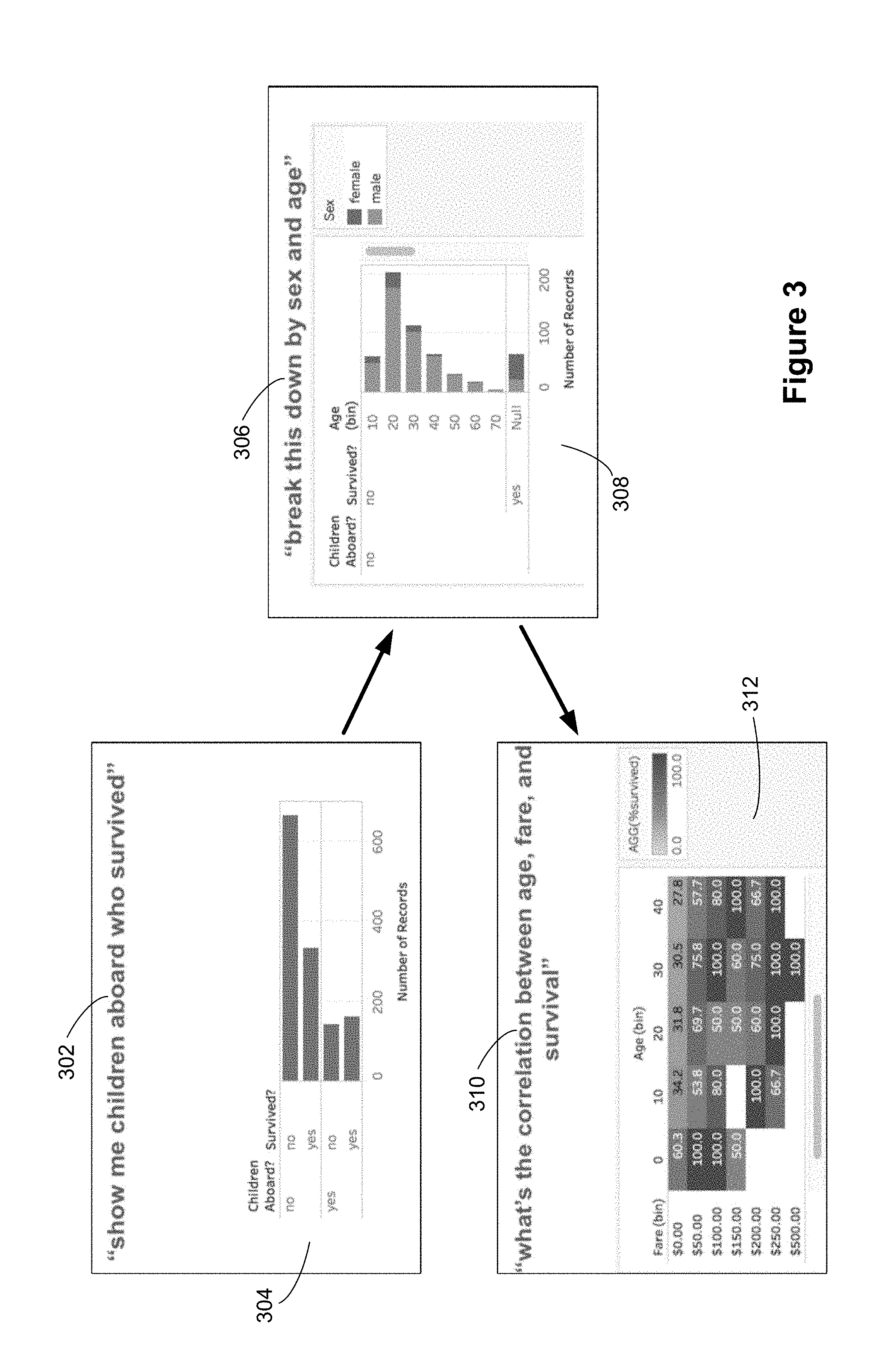





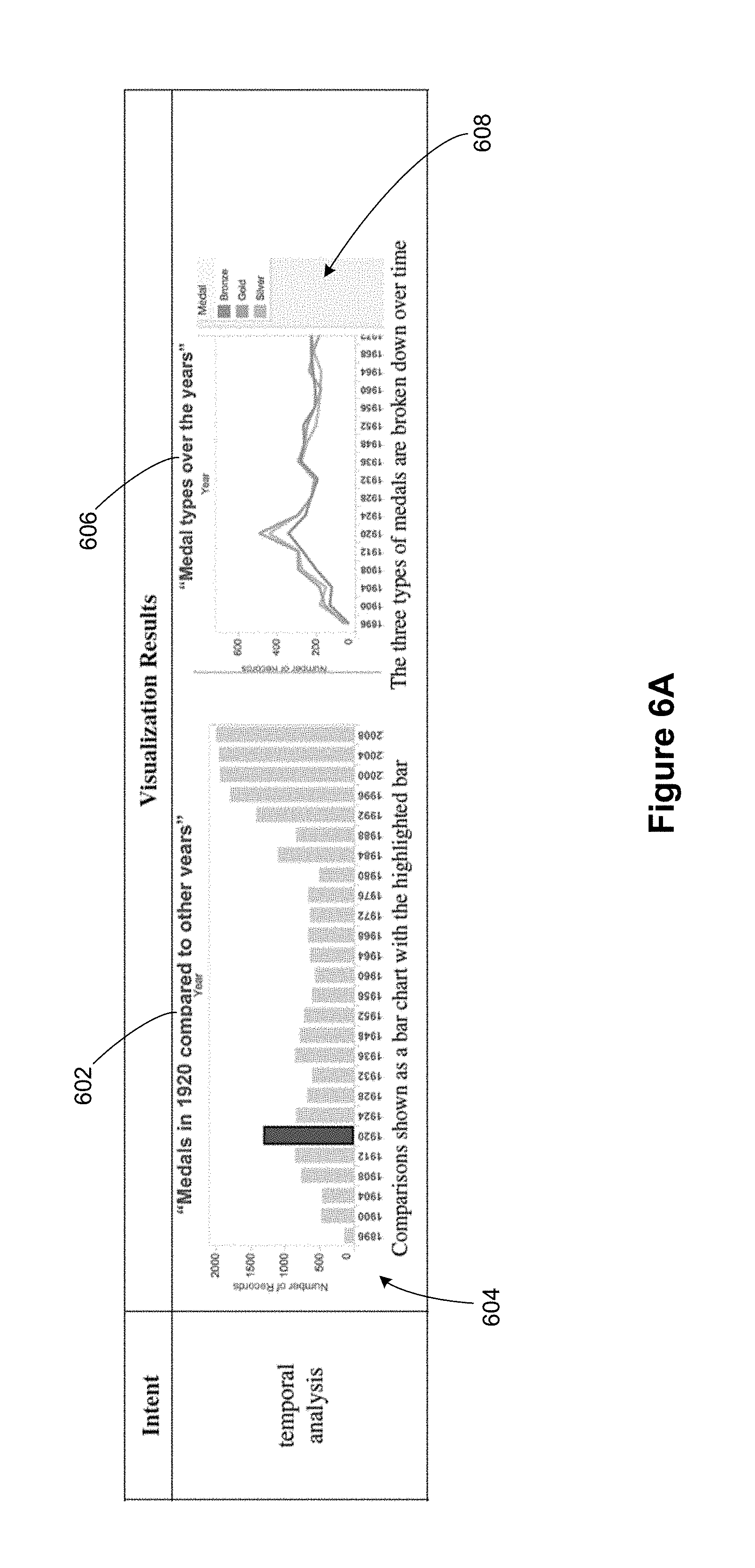


View All Diagrams
| United States Patent Application | 20190192845 |
| Kind Code | A1 |
| O'Hare; Peter | June 27, 2019 |
TRAINING DEVICE FOR DEFIBRILLATORS
Abstract
A training device for training a trainee to operate a defibrillator including a housing having a shape which imitates a shape of a defibrillator, a defibrillator function emulation device attached to the housing and configured to emulate a predefined subset of functions of a defibrillator, and electrodes attached to the housing. The trainer defibrillator of the disclosure simulates a real defibrillator, but, due to limited functionality and construction, will be much less expensive than existing trainer defibrillators and will therefore be able to be distributed more widely.
| Inventors: | O'Hare; Peter; (Belfast, GB) | ||||||||||
| Applicant: |
|
||||||||||
|---|---|---|---|---|---|---|---|---|---|---|---|
| Family ID: | 61131479 | ||||||||||
| Appl. No.: | 16/219405 | ||||||||||
| Filed: | December 13, 2018 |
| Current U.S. Class: | 1/1 |
| Current CPC Class: | A61N 1/3925 20130101; A61N 1/0408 20130101; A61N 1/3993 20130101; G09B 23/288 20130101; G09B 23/30 20130101; A61N 1/3904 20170801 |
| International Class: | A61N 1/04 20060101 A61N001/04; A61N 1/39 20060101 A61N001/39; G09B 23/28 20060101 G09B023/28 |
Foreign Application Data
| Date | Code | Application Number |
|---|---|---|
| Dec 22, 2017 | GB | 1721797.7 |
Claims
1. A training device for training a trainee to operate a defibrillator comprising: a housing having a shape which imitates a shape of a defibrillator; a defibrillator function emulation device attached to the housing and configured to emulate a predefined subset of functions of a defibrillator; and electrodes attached to the housing.
2. A training device according to claim 1, in which the housing comprises any of a cardboard structure, a plastic structure, a polystyrene structure, a foam structure, a polymer foam structure.
3. A training device according to claim 1, in which the housing comprises one of a cylindrical shape, a rectangular shape or a box shape.
4. A training device according to claim 3, in which the cylindrical shape comprises any of a first substantially oval face, a second substantially oval face and a wall therebetween, a first substantially circular face, a second substantially circular face and a wall therebetween, a first substantially square face, a second substantially square face and a wall therebetween, a first substantially rectangular face, a second substantially rectangular face and a wall therebetween, a first substantially polygonal face, a second substantially polygonal face and a wall therebetween.
5. A training device according to claim 1, in which the housing comprises a get-up which imitates a defibrillator.
6. A training device according to claim 1, in which the housing provides a space for at least partial receipt of the defibrillator function emulation device for attachment of the device to the housing.
7. A training device according to claim 6, in which the space is provided in a face of a cylindrical housing.
8. A training device according to claim 6, in which the space is sized to form a fit around the defibrillator function emulation device.
9. A training device according to claim 6, in which the housing comprises one or more inserts to change the size of the space to accommodate differently-sized defibrillator function emulation devices.
10. A training device according to claim 6, in which the space comprises a recess for partial receipt of the defibrillator function emulation device.
11. A training device according to claim 6, in which the space comprises a slot for substantially full receipt of the defibrillator function emulation device.
12. A training device according to claim 1, in which the housing provides a space for at least partial receipt of the electrodes for attachment of the electrodes to the housing.
13. A training device according to claim 12, in which the space is provided in a wall of a cylindrical housing.
14. A training device according to claim 12, in which the space comprises a recess for partial receipt of the electrodes.
15. A training device according to claim 12, in which the space comprises a slot for substantially full receipt of the electrodes.
16. A training device according to claim 1, in which the housing comprises a lid movable between a closed position covering the defibrillator function emulation device and the electrodes and an open position revealing the defibrillator function emulation device and the electrodes.
17. A training device according to claim 1, in which the housing comprises a lid movable between a closed position covering the defibrillator function emulation device and an open position revealing the defibrillator function emulation device.
18. A training device according to claim 1, in which the housing comprises a lid movable between a closed position covering the electrodes and an open position revealing the electrodes.
19. A training device according to claim 1, in which the electrodes are emulation defibrillator electrodes.
20. A training device according to claim 1, in which the electrodes are defibrillator electrodes.
21. A training device according to claim 1, in which the defibrillator function emulation device is configured to emulate a predefined subset of functions of a defibrillator comprising any of a defibrillator activation function, a defibrillator status function, a defibrillator ECG measurement function, a defibrillator impedance measurement function, a defibrillator cardiac analysis function, a defibrillator cardiac diagnosis function, a defibrillator treatment function, a defibrillator user instruction function.
22. A training device according to claim 1, in which the defibrillator emulation device comprises a display screen and a speaker to issue instructions and information to a trainee.
23. A training device according to claim 1, in which the defibrillator emulation device is any of a smart phone, a tablet.
Description
PRIORITY INFORMATION
[0001] The present application claims priority to United Kingdom application No. 1721797.7, filed 22 Dec. 2017, the contents of which is incorporated herein by reference in its entirety.
BACKGROUND OF THE INVENTION
1. Field of the Invention
[0002] The disclosure relates to training devices for defibrillators and particularly to training devices which are easy and inexpensive to manufacture.
2. Introduction
[0003] Training in the use of defibrillators is becoming increasingly important, as defibrillators are being placed in more and more locations. However, trainer defibrillators which are commonly used are based on defibrillators with some functionality, such as defibrillation shock production, disabled. As such, trainer defibrillators include all or most of the components of defibrillators, they can be expensive, which limits their availability.
SUMMARY
[0004] Additional features and advantages of the disclosure will be set forth in the description which follows, and in part will be obvious from the description, or may be learned by practice of the disclosure. The features and advantages of the disclosure may be realized and obtained by means of the instruments and combinations particularly pointed out in the appended claims. These and other features of the present disclosure will become more fully apparent from the following description and appended claims, or may be learned by the practice of the disclosure as set forth herein.
[0005] According to a first aspect of the disclosure, there is provided a training device for training a trainee to operate a defibrillator. The training device includes a housing having a shape which imitates a shape of a defibrillator, a defibrillator function emulation device attached to the housing and configured to emulate a predefined subset of functions of a defibrillator, and electrodes attached to the housing.
BRIEF DESCRIPTION OF THE DRAWINGS
[0006] In order to describe the manner in which the above-recited and other advantages and features of the disclosure can be obtained, a more particular description of the disclosure briefly described above will be rendered by reference to specific embodiments thereof which are illustrated in the appended drawings. Understanding that these drawings depict only exemplary embodiments of the disclosure and are not therefore to be considered to be limiting of its scope, the disclosure will be described and explained with additional specificity and detail through the use of the accompanying drawings in which:
[0007] FIG. 1 illustrates a training device as disclosed herein.
DETAILED DESCRIPTION
[0008] Disclosed is a training device 1 that includes a housing 3 having a shape which imitates a shape of a defibrillator, a defibrillator function emulation device 5 attached to the housing and configured to emulate a predefined subset of functions of a defibrillator, and electrodes 7 attached to the housing.
[0009] The training device 1 emulates only a predefined subset of functions of a defibrillator and some functionality, such as defibrillation shock production, is not provided. The training device therefore does not have to comprise all or most of the components of a defibrillator and can therefore be relatively low cost.
[0010] The housing 3 can include any of a cardboard structure, a plastic structure, a polystyrene structure, a foam structure, a polymer foam structure. The housing is made of an inexpensive material, such as cardboard or plastic, to provide the overall 3-dimensional form of the defibrillator and to reduce the cost of the training device.
[0011] The housing 3 can include a cylindrical shape. The cylindrical shape can include a first substantially oval face, a second substantially oval face and a wall therebetween. The cylindrical shape can include a first substantially circular face, a second substantially circular face and a wall therebetween. The cylindrical shape can include a first substantially square face, a second substantially square face and a wall therebetween. The cylindrical shape can include a first substantially rectangular face, a second substantially rectangular face and a wall therebetween. The cylindrical shape can include a first substantially polygonal face, a second substantially polygonal face and a wall therebetween. The housing can include a get-up which imitates a defibrillator. This, along with shape of the training device, will enhance the authenticity of a trainee's experience.
[0012] The housing 3 may provide at least one space for at least partial receipt of the defibrillator function emulation device for attachment of the device to the housing. The space may be provided in a face of a cylindrical housing. The space may be sized to form a fit around the defibrillator function emulation device. The housing can include one or more inserts to change the size of the space to accommodate differently-sized defibrillator function emulation devices. The space may comprise a recess for partial receipt of the defibrillator function emulation device. The space can include a slot for substantially full receipt of the defibrillator function emulation device.
[0013] The housing may provide at least one space for at least partial receipt of the electrodes 7 for attachment of the electrodes to the housing. The space may be provided in a wall of a cylindrical housing. The space may be provided in a face of a cylindrical housing. The space can include a recess for partial receipt of the electrodes. The space can include a slot for substantially full receipt of the electrodes. Providing a space which at least partially receives the electrodes, mimics the position of electrodes in an actual defibrillator and enhances the authenticity of a trainee's experience.
[0014] The housing 3 can include at least one lid movable between a closed position and an open position. The housing can include a lid movable between a closed position covering the defibrillator function emulation device and the electrodes and an open position revealing the defibrillator function emulation device and the electrodes. The housing can include a lid movable between a closed position covering the defibrillator function emulation device and an open position revealing the defibrillator function emulation device. The housing can include a lid movable between a closed position covering the electrodes and an open position revealing the electrodes.
[0015] The electrodes 7 may be emulation defibrillator electrodes. The electrodes may be defibrillator electrodes.
[0016] The defibrillator function emulation device 5 may be configured to emulate a predefined subset of functions of a defibrillator including one or more of a defibrillator activation function, a defibrillator status function, a defibrillator ECG measurement function, a defibrillator impedance measurement function, a defibrillator cardiac analysis function, a defibrillator cardiac diagnosis function, a defibrillator treatment function, a defibrillator user instruction function.
[0017] The defibrillator function emulation device 5 may run software that emulates the predefined subset of functions of a defibrillator. The defibrillator function emulation device can include a display screen to issue instructions and information to a trainee. The defibrillator function emulation device can include a speaker to issue instructions and information to a trainee. The defibrillator function emulation device can include a memory module configured to store details of use of the training device. The defibrillator function emulation device may be any of a smart phone, a tablet.
[0018] Referring again to FIG. 1, the training device 1 includes a housing 3, a defibrillator function emulation device 5 attached to the housing, and defibrillator electrodes 7 attached to the housing. In this embodiment, actual defibrillator electrodes are used, but it will be appreciated that emulation electrodes could be used.
[0019] The housing 3 includes a cardboard structure and has a cylindrical shape, which imitates the shape of a defibrillator, including a first substantially oval face 9, a second substantially oval face (not shown) and a wall 11 therebetween. In use, the first face 9 is a top face of the housing 3 and the second face is a bottom face of the housing 3. The shape may also be square, rectangular, box-shaped, arbitrarily-shaped, or other configurations.
[0020] The housing 3 provides a first slot 13 provided in the first face 9 of the housing 3. The slot is sized to form a fit around the defibrillator emulation device 5, as shown, for substantially full receipt of the device 5 to attach it to the housing 3.
[0021] The housing 3 provides a second slot 15 provided in the wall 11 of the housing 3. The second slot 15 substantially fully receives the defibrillator electrodes 7 for attachment of the electrodes 7 to the housing 3.
[0022] In this embodiment, the defibrillator function emulation device 5 includes a smart phone. It will be appreciated that other similar devices may be used. The defibrillator function emulation device 5 is configured to emulate a predefined subset of functions of a defibrillator. The defibrillator functions include one or more of a defibrillator activation function, a defibrillator status function, a defibrillator ECG measurement function, a defibrillator impedance measurement function, a defibrillator cardiac analysis function, a defibrillator cardiac diagnosis function, a defibrillator treatment function and a defibrillator user instruction function. The defibrillator function emulation device 5 includes a display screen 17 and a speaker 19 to issue instructions and information to a trainee using the training device 1.
[0023] In a first use scenario, a trainee is provided with the housing 3 and defibrillator electrodes 7 of the training device 1. The trainee places his or her smart phone in the slot 13 of the face 9 of the housing 3 and operates defibrillator function emulation software loaded on the phone as an app. The smart phone then acts as a defibrillator function emulation device and emulates functions of a defibrillator and issues instructions and information to the trainee. The trainee follows the instructions, including removal of the defibrillator electrodes 7 from the slot 15 of the trainer defibrillator 1, thus learning how to operate a defibrillator.
[0024] In an alternative use scenario, a trainee is provided with the housing 3, the defibrillator function emulation device 5 and defibrillator electrodes 7 of the training device 1. The trainee activates the defibrillator function emulation device 5 and follows instructions provided by the device, thus learning how to operate a defibrillator.
[0025] The training device of the disclosure simulates a real defibrillator, but will be much less expensive than existing trainer defibrillators and will therefore be able to be distributed more widely.
* * * * *
D00000

D00001

D00002

D00003

D00004

D00005

D00006

D00007

D00008

D00009

D00010

D00011

D00012

D00013

D00014

D00015

D00016

D00017
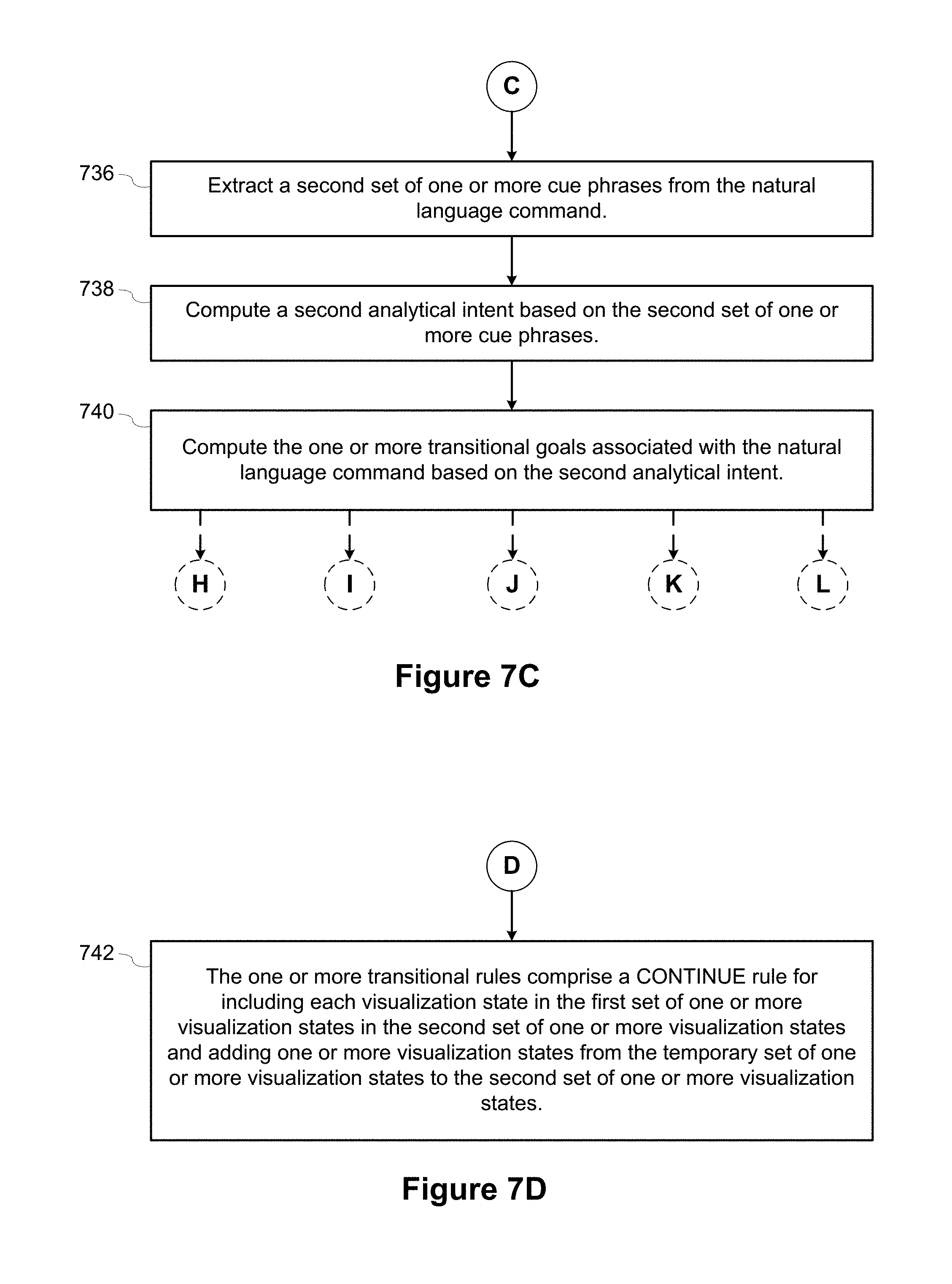
D00018

D00019

D00020

D00021

D00022

D00023
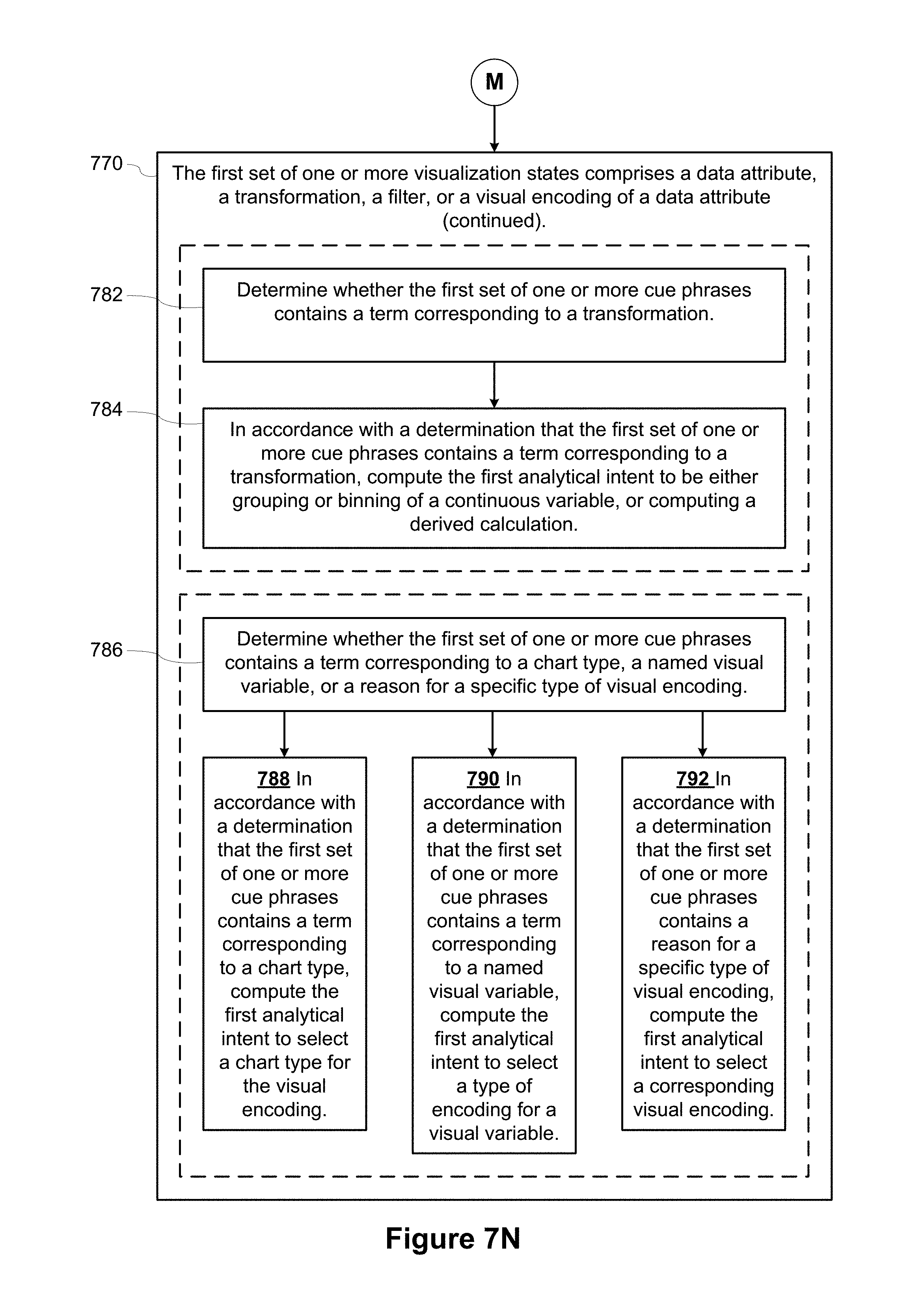
XML
uspto.report is an independent third-party trademark research tool that is not affiliated, endorsed, or sponsored by the United States Patent and Trademark Office (USPTO) or any other governmental organization. The information provided by uspto.report is based on publicly available data at the time of writing and is intended for informational purposes only.
While we strive to provide accurate and up-to-date information, we do not guarantee the accuracy, completeness, reliability, or suitability of the information displayed on this site. The use of this site is at your own risk. Any reliance you place on such information is therefore strictly at your own risk.
All official trademark data, including owner information, should be verified by visiting the official USPTO website at www.uspto.gov. This site is not intended to replace professional legal advice and should not be used as a substitute for consulting with a legal professional who is knowledgeable about trademark law.